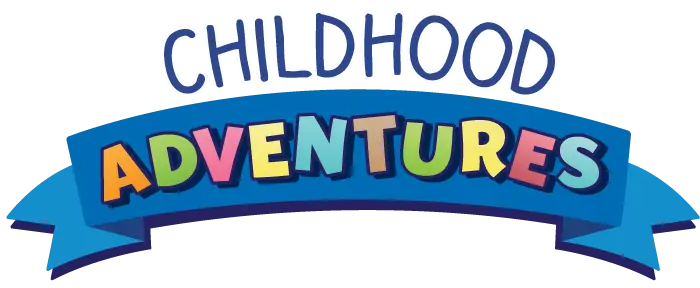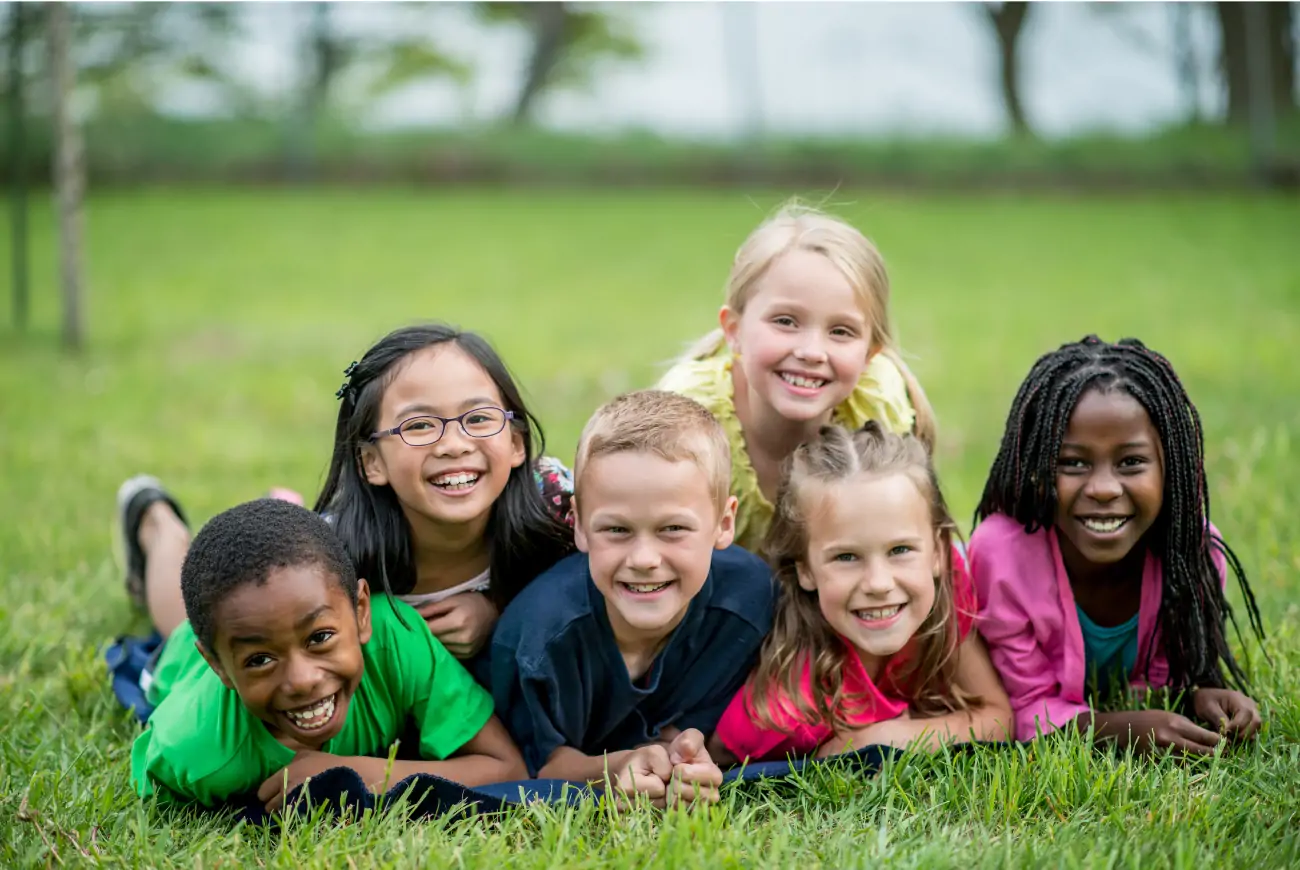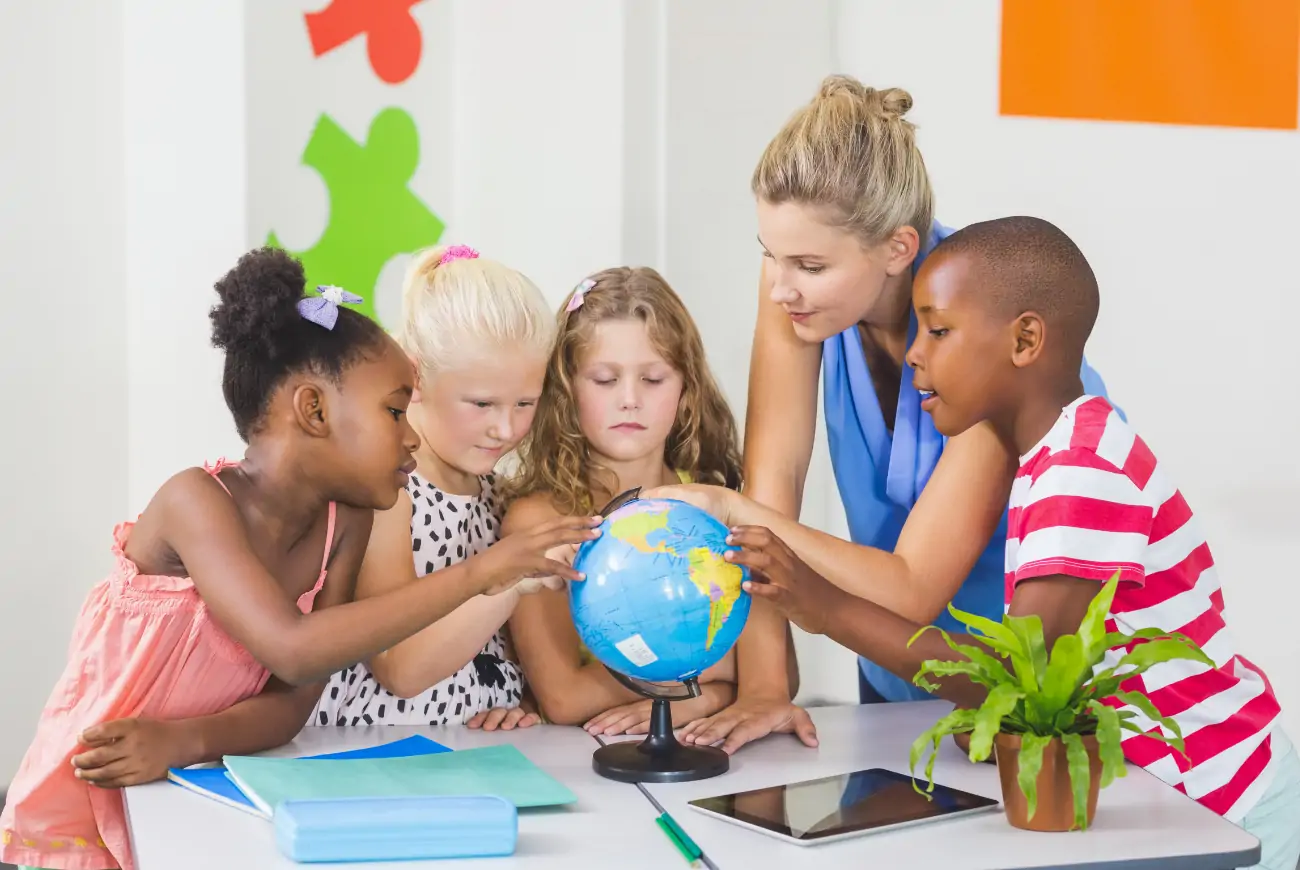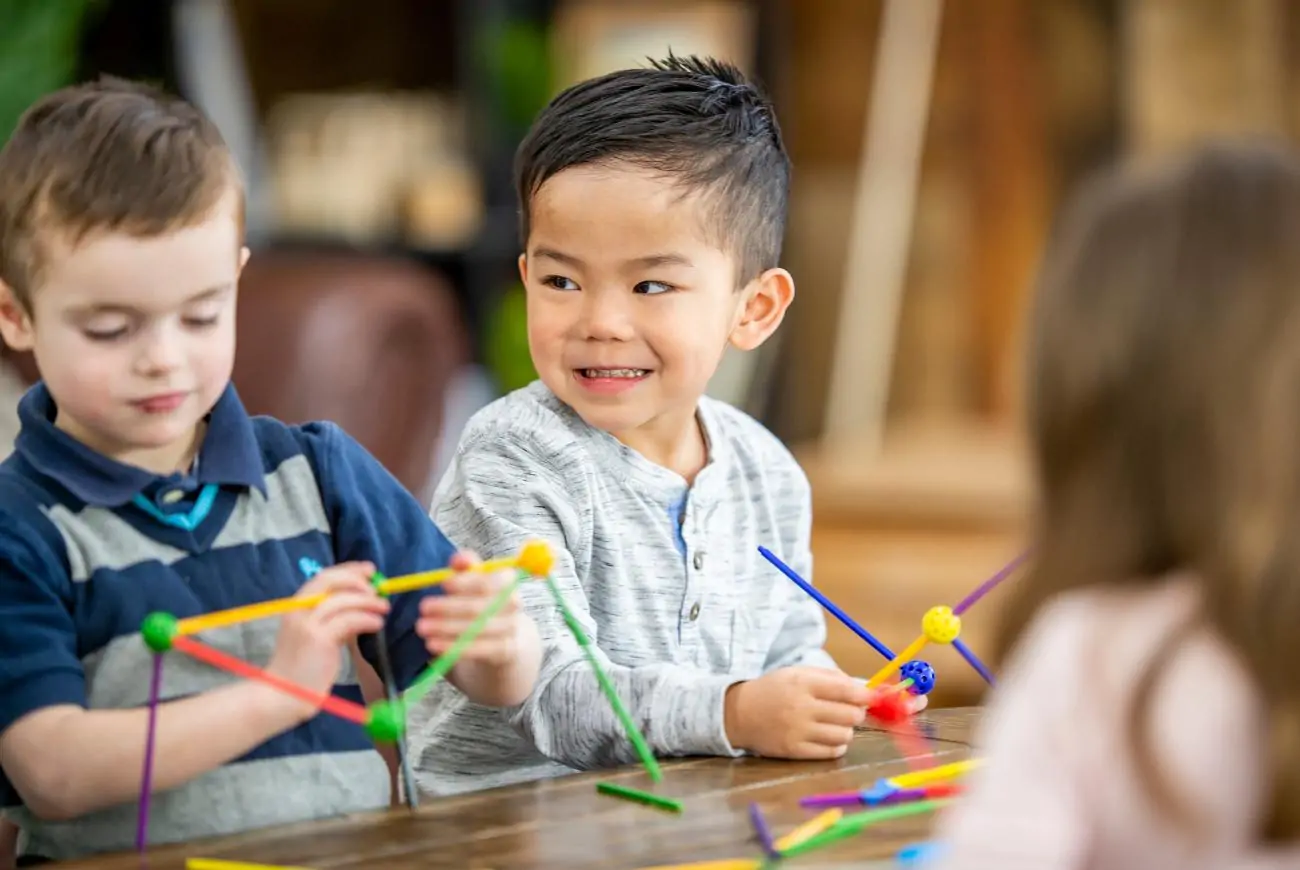Is Map Reading Still Useful For Children?
4 min read
Last Modified 28 August 2024 First Added 4 July 2024
4 min read
Last Modified 28 August 2024 First Added 4 July 2024

Living in the 21st century, using maps as a navigation tool (and I don’t mean Google Maps, I mean a physical booklet map) is an ancient thing of the past. However, reading maps for directions and following signs was how we used to get to our destination. Reading and understanding a map may feel confusing and overwhelming for some children. However, map reading can help children develop and learn about the world around them.
Map reading is an important skill for children to learn from a young age as they adapt to spatial thinking and critical thinking and gain problem-solving skills. Children begin to understand their wider surroundings and gain confidence and independence when navigating to places outside of their normal environment. Map reading is an essential life skill to learn and helps with their personal growth.
Map reading opens up avenues to spatial thinking, which means that children can start to understand the position and dimensions of places. Children can interact and visualise places by looking at detailed drawings of towns, cities, and local areas, as well as learning what different map signs mean.
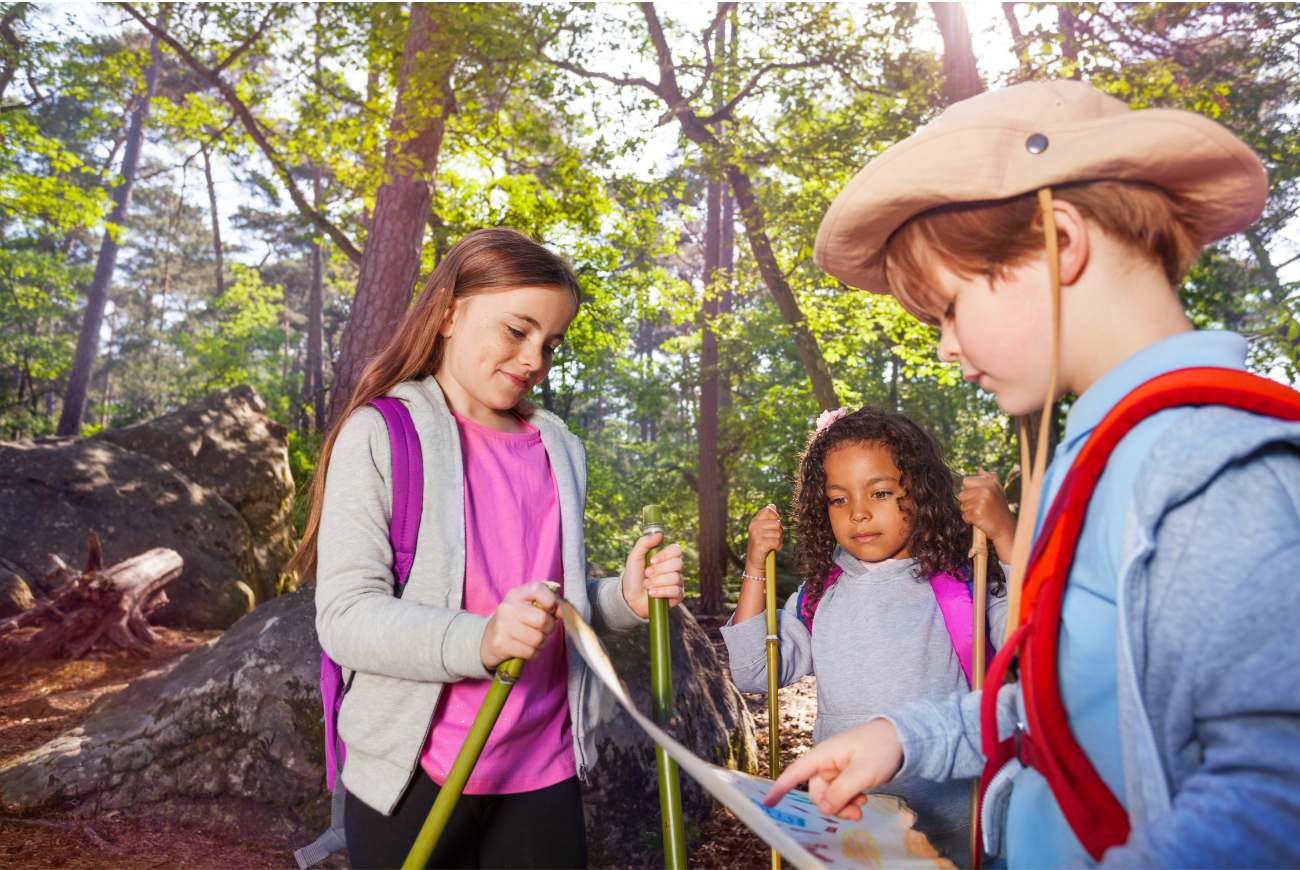
Here are some interactive games for children to play to learn about map symbols, signs and the basics of a compass.
Practice makes perfect. One way for children to learn how to read a map is to make their own, using their imagination. Adding grid references to their personalised map will help them understand coordinates. The main tip when understanding grid coordinates is the saying, ‘walk along the corridor and up the stairs’. When creating a grid for your map, start by labelling the grid from 1-10 along the bottom (corridor) and the side (stairs) will help children understand how to read coordinates to end up in the right location. Get started with drawing maps using pencils and felt tips found in our stationery range.
Help your children learn their North from South and East from West with a treasure hunt. Encourage your children to learn different signs on a map and navigate with a compass by following a set route from point A to point B. Whether around the house, in the garden or walking to the park, put together a simple route with signs including ‘X marks the spot’, a phone sign, and tree signs for them to start to understand what these may look like on a full version map.
For easier learning, print out a map of your local area from Google and get your child to outline certain landmarks or signs which feel familiar to them. Assist them in finding their house on the map, as well as their school or your local park. This will help develop their understanding of different locations and how to navigate to them with a map.
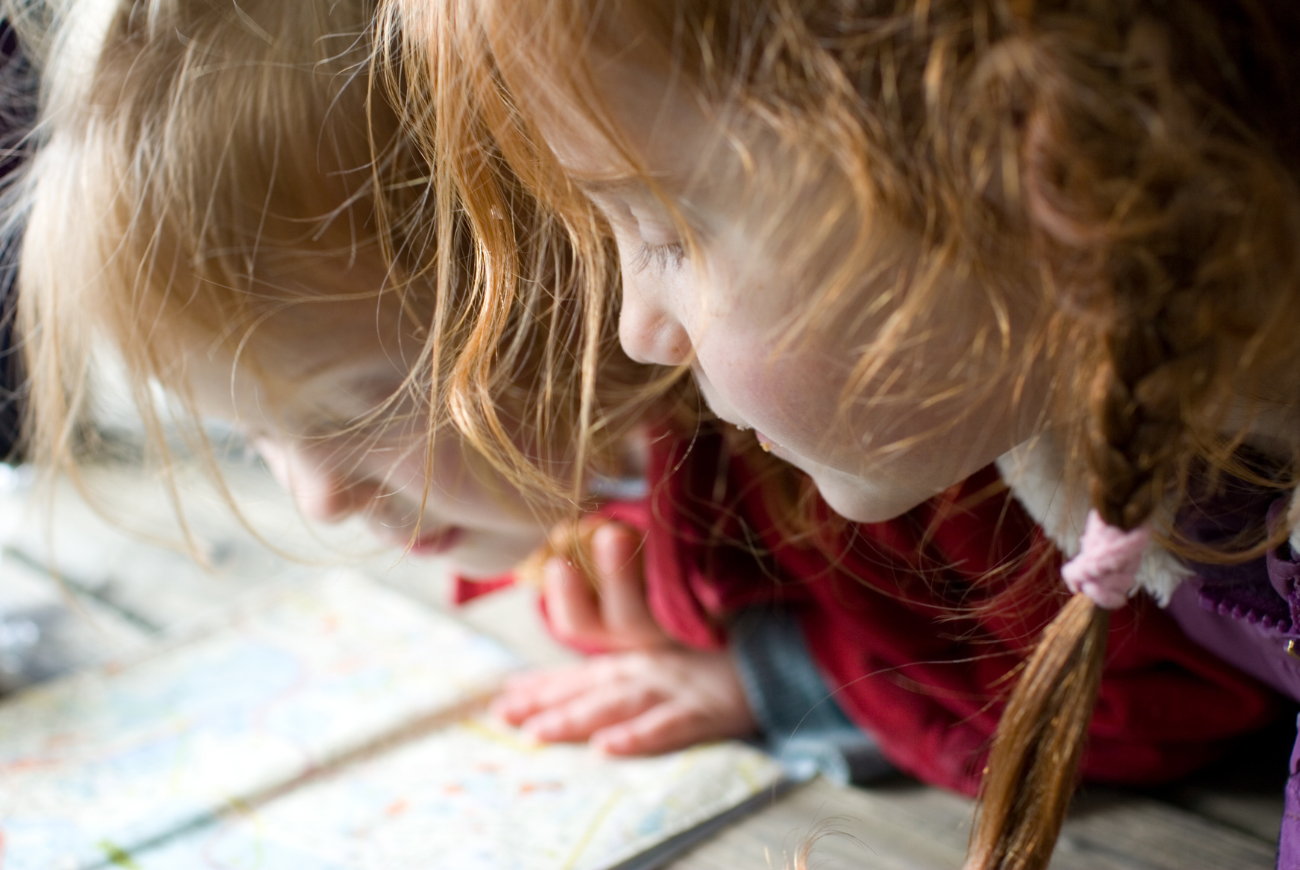
For older children who prefer a challenge, orienteering is an exciting outdoor activity which offers mental and physical challenges. Follow the route and navigate your way between checkpoints using a map and compass. This activity can be enjoyed as a casual walk or an organised activity for a group of children. The exercise aims to complete the course of control points in the quickest time. There are 4 key principles of the process; these are:
Map puzzles are great for activating different parts of the brain, helping children unlock their critical and analytical skills. From small jigsaws to puzzles of the world, help them to understand different parts of maps by piecing the puzzle together.
Teaching children to read maps from a young age will set them in a better place for future adventures. Maintaining enthusiasm and excitement when your children participate in these activities, will help them gain better knowledge and help with their early years development. Start with at-home map reading activities. For more inspiration around activities for development, take a look at our children’s activities blogs.
Read our disclaimers.
 Free Click & Collect within 30 minutes
Free Click & Collect within 30 minutes
 Free delivery on orders over £39.99
Free delivery on orders over £39.99
 Free Next Day Delivery on orders over £75
Free Next Day Delivery on orders over £75 Gift Cards available
Gift Cards available
